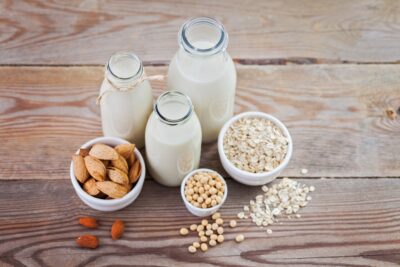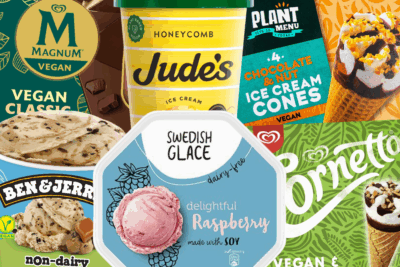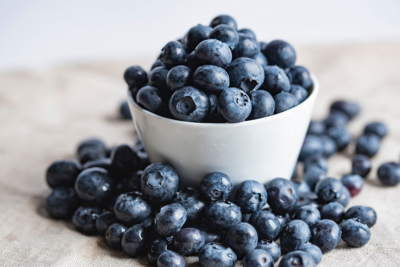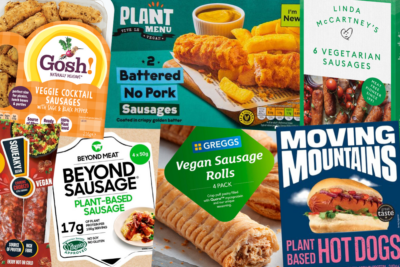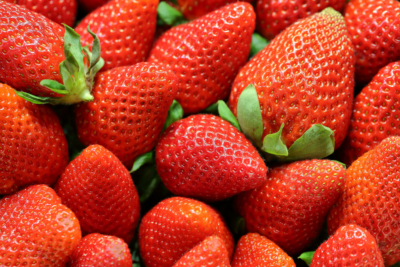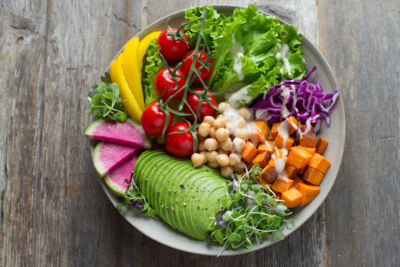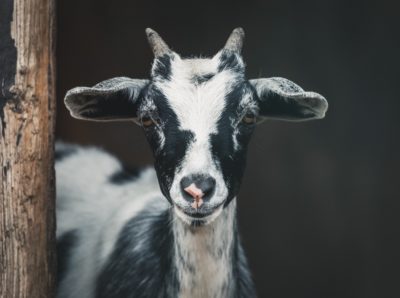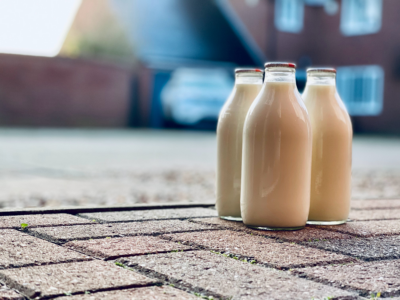Meat that’s grown in a laboratory rather than by killing animals has been encouraged by a leading think tank.
The new technology creates lab-grown meat that looks and taste like the real thing by using animal cells to grow fat tissue and muscle.
This means it’s possible to create meat from exotic and endangered species like the giant panda or komodo dragon to increase public awareness, reduce long-term costs and fund the future production of lab-grown meat.
The Adam Smith Institute has released a report encouraging lab-grown meat to tackle climate change and fight the antibiotic resistance crisis. The report, Don’t Have a Cow, Man, advises that the UK should start producing meat grown in labs to create a more sustainable food supply.
It highlights that meat consumption has grown significantly in recent years, increasing land use and greenhouse emissions. The think tank estimates that lab-grown meat could reduce greenhouse emissions by up to 96% and land use by up to 99%.
Madsen Pirie, President of the Adam Smith Institute, said:
“The UK should recognise that cultured meats are a game-changer. For 12,000 years humans have reared animals for meat. In future they will not need to. This will release millions of acres of pasture land for other uses. It will resolve all the ethical issues involved in the rearing and slaughter of animals. It will give the world access to a low cost, high protein diet, and the UK could become a world leader in this multi-billion-pound new industry.”
According to the World Health Organization’s (WHO) report on global and regional food consumption, global meat consumption has risen from 24.2kg per person per year in the 1960s to 36.4 kg per person per year in the 1990s, and is expected to reach 45kg per person per year by 2030. The rise is attributed to population growth and higher incomes.
The WHO estimates that annual meat production could reach 376 million tonnes by 2030. Lab-grown meat could change this by making high-quality meat products available at a much lower cost to the environment and with less animal suffering.
Katie Slattery, a vegan from Sheffield, UK, said: “This is cruelty-free meat in my head. But that is dependent on how they look after the animal they take the original cells from.”
Alison Dixon from Barnsley, UK. Isn’t as convinced: “I’m very cautious of what we are now putting n our bodies. I would rather not eat meat than eat something designed in a lab.”
Lab-grown meat isn’t publicly available yet, but Sky News predicts that it could be available to buy in America by the end of 2018 and the Netherlands by 2021.
Have you signed up to try vegan? We’ll send you daily emails with vegan recipes, meal plans and helpful tips. We’ll also send you information about the impact of what we eat on our health, animals and the environment. And you’ll be the first to hear about appeals, vegan news and exciting offers!
THIS BLOG WAS WRITTEN IN 2018


